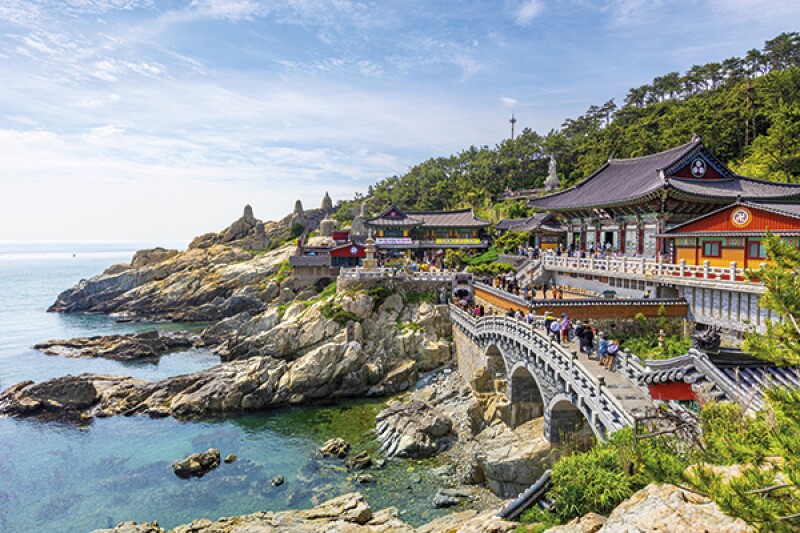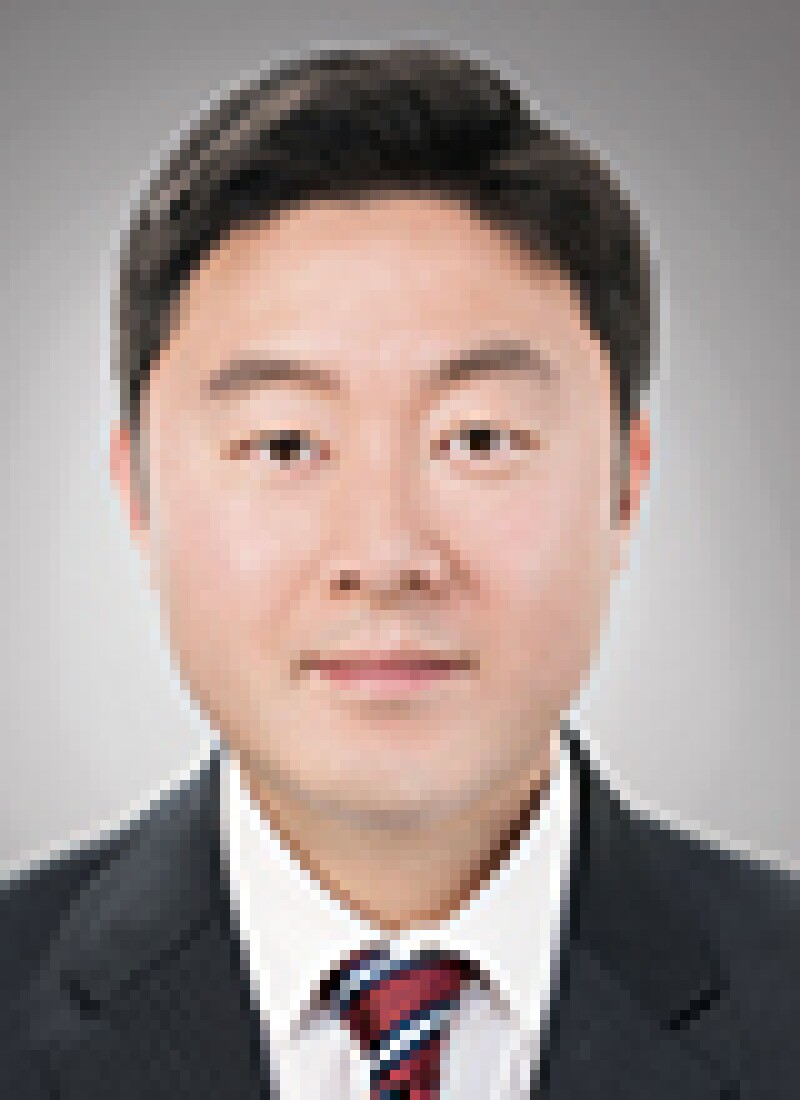
In the past, Korea has not been a popular venue for patent enforcement due to the relatively high rate of patent invalidation and the low amount of damages awarded by the courts. However, a welcome change for patent holders has arrived.
Recent court decisions tend to reflect the court's inclination towards stronger patent protection and successive revisions made in recent years to the Korean Patent Act (KPA) reinforce the pro-patent system.
This article provides a brief introduction to the Korean legal system, specifically regarding the calculation of damages for patent infringement and recent court decisions on damages. It also highlights the revisions to the KPA involving the adoption of punitive damages and reducing the burden of proof on the patentee in patent infringement actions.
Calculating damages in Korea
In a patent infringement action in Korea, a patentee or an exclusive licensee can pursue remedies of (i) injunctive relief; (ii) monetary damages; and/or (iii) destruction of infringing goods and/or equipment used in committing the infringement activities.
A claimant who seeks damages for a tort or an infringement of a right has to prove the existence of a violating activity, occurrence of damages, causation between the violating activity and damages, and the amount of damages.
|
|
The revisions, effective as of July 9 2019 have introduced punitive damages that allow for greater compensation for willful infringement, awarding a maximum of three times the amount of actual damages |
|
|
In this regard, the KPA allows the patentee to elect one of the following methods for calculating damages for patent infringement: (i) the infringer's profits gained as a result of the infringement; (ii) the patentee's lost profits due to the infringer's infringement; (iii) a reasonable royalty; and (iv) the amount calculated by multiplying the number of infringing goods transferred by the infringer with the amount of profit per unit of the goods that could have been sold by the patentee or the exclusive licensee in the absence of said infringement (Articles 128(1) to (5) of the KPA).
Notwithstanding the above, there may be a case where the task of determining the actual amount of damages may be extremely difficult or impractical. Under such circumstances, the court may award a reasonable amount of damages based on the court's review of all of the arguments and the evidence submitted during the court proceedings (Article 128(7) of the KPA).
In assessing the "reasonable amount of damages," the court may consider such factors as (i) the specific nature and details of infringement; (ii) the relation between the patentee and the infringer; (iii) the duration of the infringement; (iv) the infringer's demeanour during the course of the dispute and efforts to mitigate damages; and (v) willfulness of the infringement (see Supreme Court Case No. 2004 Da 60584 dated May 27 2005).
Further, there is a provision in the KPA which presumes the infringer's profits gained from the infringement as the amount of damages suffered by the patentee, but this provision is not applicable when the patentee sustains no damages due to the infringement. That is, the patentee still needs to prove that he has suffered actual damages as a result of the infringer's infringement. The level of such proof is, however, quite low such that it is sufficient to show that the patentee is likely to suffer certain damages in light of the competitive relationship between the patentee and the alleged infringer (see Supreme Court Case No. 2006 Da 1831 dated October 12 2006).
Recent case awarding considerable amount of damages for patent infringement
Despite the statutory provisions for assessing monetary damages in IP infringement actions, the level of damages awarded by the Korean courts has been relatively low due to practical difficulties involved in proving the actual amount of the infringer's profits and/or the patentee's losses.
From 1997 to 2017, the median amount of awarded damages in patent infringement cases was merely 60 million KRW, i.e. approximately USD 50,000 (see Statistical Study of the Last 20-years' Patent Infringement Actions for Damages, Judge Bowon Kwon). This amount is quite low compared to other countries: for instance, the median value of monetary damages awarded in the United States from 1998 to 2017 was reported to be 5.9 million USD, with the highest annual median of damages awarded being 10.2 million USD in 2017 (see 2018 Patent Litigation Study, PwC). Accordingly, there has been growing criticism that the damages awarded by the Korean courts are far from adequate.
Perhaps in response to such criticism, in a decision rendered on June 21 2018, the Seoul Central District Court awarded damages of as much as 3.56 billion KRW (approximately 3 million USD) after considering the infringer's profit and the proportion thereof related to the infringement of the patent (i.e. the level of contribution). In determining the amount of damages, the court took into consideration such factors as the weight and significance of the infringed technology in terms of contributing to the infringer's profits, and the market share and price of the infringer's product (see Seoul Central District Court Decision No. 2015 Kahap 503488).
This recent trend of increased damages being awarded by the courts further finds its support in the revised KPA.
Changes in the KPA tipping favourably towards patentees
Lesser burden of proof on patentee in patent infringement actions
Effective since 2016, the KPA has been revised to lessen the burden of proof on a patentee in an infringement action by empowering the court to order the accused infringer to submit documents necessary for proof of infringement or assessment of damages caused by the infringement. This provision does not apply when a person possessing such documents has a justifiable reason for refusing to submit them. The court may, however, order the other party to submit such materials, even if the materials requested by the plaintiff involve a trade secret, if the materials are indispensable for proving infringement or assessing damages. In such an event, the other party cannot refuse the submission of such materials to the courts, and the courts should specify the people who may have access to the materials in the submitted order.
In addition to the above provisions, the revised KPA, effective as of July 9 2019, further mitigates the burden of proof on a patentee in a patent infringement action. The current KPA stipulates that an infringer (i.e. defendant) shall present concrete evidence to prove the contrary to any specific infringement activity presented by the patentee (i.e. plaintiff). Thus, if the infringer fails to do so without any justification, the court shall have the discretionary power to find what has been pleaded by the plaintiff to be true.
Introduction of punitive damages for patent infringement
Until recently, the amount of damages assessable against an infringer was limited to actual damages even in case of willful infringement. The revisions, effective as of July 9 2019 have introduced punitive damages that allow for greater compensation for willful infringement, awarding a maximum of three times the amount of actual damages.
According to the revisions, the following shall be taken into consideration in determining the amount of punitive damages in an infringement action: (i) whether the infringer holds a dominant market position over the patentee or the trade secret holder, (ii) the infringer's willfulness or awareness of the severity of harm caused by its act of infringement, (iii) the extent of damages, (iv) the infringer's profits gained as a result of the infringement, (v) the duration and frequency of infringement activities, (vi) penalties imposed for the infringement (in case of, e.g. a parallel criminal prosecution), (vii) financial status of the infringer, and (viii) the infringer's efforts to mitigate damages.
The provision of punitive damages will be applied to infringement cases where the first violating activity by the accused infringer has taken place after the effective date of the revised KPA, i.e. July 9 2019.
Consideration of reasonable royalty rate in assessment of damages
In cases of patent infringement, the old KPA allowed for a patentee or an exclusive licensee to claim, as damages, royalties that would have been usually received for practising the patented invention. The prevalent royalty rate as applied by the Korean courts was between about 2% and 5%, which was markedly low compared with the royalties assessed in patent infringement litigations in other countries, with the United States being an example at 13.1%.
|
|
In view of the increased damages awarded by the courts, the statutory changes in the KPA, and the recent trend of upholding the validity of patents, it is clear that Korea has reinforced its regime for the protection of IP rights |
|
|
In response to such issues of inadequate compensation calculated from usual royalties, the revised KPA stipulates that the amount of damages for patent infringement may be determined by a royalty rate that would have been reasonably received for practising the patented invention.
In determining the amount of reasonable royalties, the Supreme Court provided a guideline involving the following factors: (i) the technical value of the patented invention, (ii) the content of a licence agreement with a third party in relation to the patented invention, (iii) the content of any prior licence agreement(s) with the accused infringer, (iv) royalties obtainable from a patented invention of an identical type in the technical area in question, (v) the remaining term of the patent, (vi) the patentee's practice type of the patented invention, (vii) existence of alternative or substitute technology to replace the patented invention, and (viii) the accused infringer's profits gained as a result of the infringement (see Supreme Court Case No. 2003 Da 15006 rendered on April 27 2006).
Decrease in the patent invalidation rate
In Korea, a patent registration can be cancelled by a patent invalidation action or ex parte patent revocation, both of which should be filed with the Board of Trials of KIPO. The decision of the Board of Trials can be appealed to the Patent Court, and ultimately to the Supreme Court.
Until 2016, the rate that registered patents were being finally and irrevocably invalidated by patent invalidation actions was in excess of 60% of the total number of final decisions in invalidation actions. Since 2016, however, the invalidation rate has been drastically decreased to the low 40s and remains under 50% (43.3% in 2016 and 48.9% in 2017).
Such a decrease in the invalidation rate also testifies the recent shift towards a pro-patent system in Korea.
Korea as a favourable venue for patent enforcement
In view of the increased damages awarded by the courts, the statutory changes in the KPA, and the recent trend of upholding the validity of patents, it is clear that Korea has reinforced its regime for the protection of IP rights. In addition to the above, the relatively low cost and expenses for litigation may favour Korea as a strategic venue for patent enforcement.
Young-Sun Jung |
||

|
|
Young-Sun Jung is a lawyer who has led the litigation group at FirstLaw PC since 2013. She was admitted to both the Korean Bar (2009) and the Korean Patent Bar (1999), having worked at FirstLaw for seven years as a patent attorney, and at Lee & Ko as an IP litigator for five years. With a technical background of microbiology, she has been very successful as an IP litigator in handling numerous IP disputes, including patent infringement and invalidation actions, representing various clients, both domestic and foreign, in a wide spectrum of technical fields, including pharmaceuticals, polymers, chemicals, mechanics and other high-tech industries. |
Minji Ryan Kim |
||

|
|
Ryan Kim is a US attorney and foreign legal counsel at FirstLaw PC. He graduated from Johns Hopkins University and the University of Southern California and received his JD degree from Georgetown University Law Center. In his role as international client liaison and head of US marketing operations for FirstLaw, Ryan has been actively involved in advising and assisting clients in North America, Europe, as well as Asia, on IP matters, while also handling prosecution involving electrical and mechanical technology. Prior to joining FirstLaw, Ryan gained experience in several firms in the United States. |











